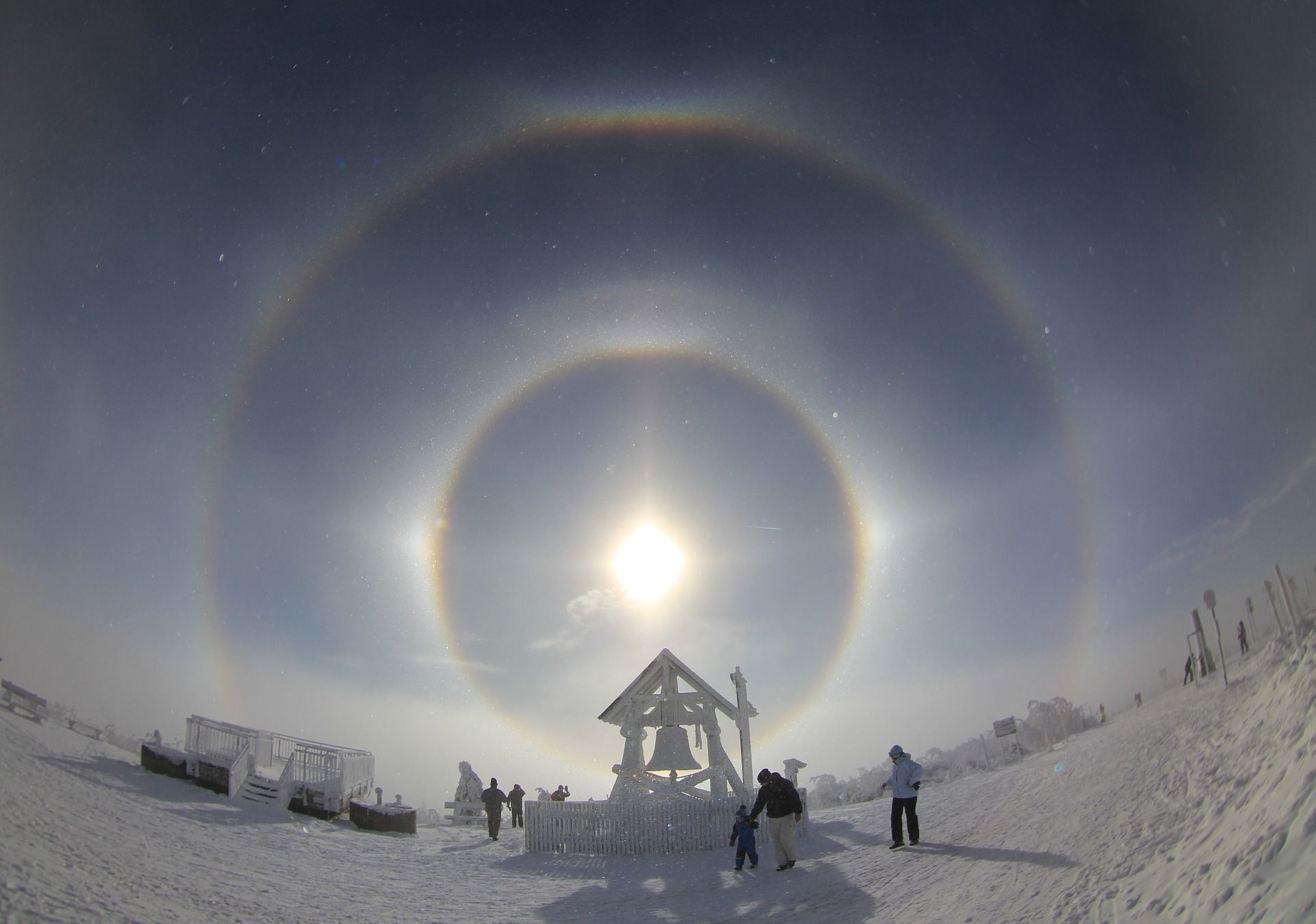
A Weatherman Speaks
For a quick description, watch the first 1 minute 15 seconds of this 3-minute video…
Sounds interesting? But what does DD look like?
Diamond Dust – Beauty is in the Eye of the Beholder
This 26-second video shows DD falling in Japan…
Diamond Dust: Filling in a Few Blanks
Fog is a common occurrence. It’s like clouds descended to Earth’s surface. It consists of miniscule liquid water droplets coating particles of dust1. Diamond dust is somewhat similar in its description, except the droplets are very tiny ice crystals. Enjoy this beautiful (less than two minute) video…
These crystals to not arise from the freezing of fog, rather, ice crystals form directly on the dust particles. The tiny, slow-forming crystals are hexagonal, and do not form clumps as does snow.
Thus, the crystals falling to Earth sparkle due to sunlight reflected off the crystals, as if they were the facets of diamonds. Hence, the name. But the reflection of sunlight off individual crystals is not necessarily all that occurs. There may be eerie optical effects.
Eerie Optic Effects
The interaction of the sun with DD crystals produces some eerie optic effects that might even scare the uninformed. The following video very aptly describes what is going on, even if the presentation sounds hurried, and the speaker’s appearance is somewhat distracting. It was too good to ignore.
1 We use the generic term dust, for a complex assortment of miniscule particles that include soil, pollen, volcanic emissions, pollutants, ions, plus small quantities of meteorite particles, animal hair fragments, skin cells, etc.
Note: You might also enjoy Hazardous Black Ice – One Source You May Not Anticipate
References:
